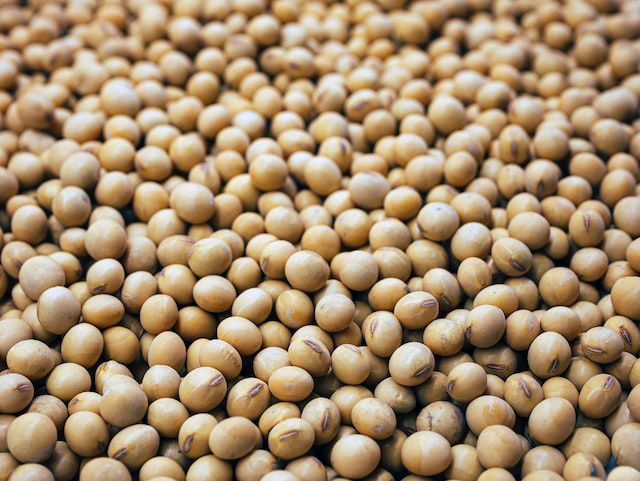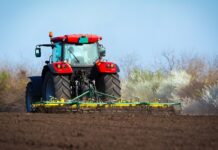The deepest desire of any farmer is to have the best possible yield. The same goes for many farmers in the soybean market. Every farmer would want to go to the field, work, and get a tremendous gain yearly. However, if it were that simple, every farmer would get a very high yield because of their hard work. Unfortunately, it is not so.
To have a very prosperous yield of soybeans, you must incorporate both working hard and smart. Working hard involves putting your best effort into the field. Working smart consists of using these five tips, which are likely to ensure successful soybean production.
1. Use The Resources You Have At Your Disposal Optimally
As a soybean farmer, you may find yourself in a situation where your resources are insufficient to run the farm well. As arable land continues to decline, you must become shrewd and innovative in the mechanisms you use to guarantee a profitable yield. If you deplete the natural minerals in a piece of land, you may deplete its quality and result in low yield in the long run. Thus, using the land well will help increase your net yield.
Being a scarce resource, one of the best ways of using your land to maximize yield and profit is to incorporate soybean farming with farming for other crops and other forms of agriculture. An example of how this can benefit you is incorporating aquaculture into your soybean farming. Through a well-structured in pond raceway system, you can integrate fish rearing with soybean farming and have a successful production.

2. Water Your Crops Well
As you are probably aware, soybeans thrive on well-irrigated farms. The water allows the crop to grow rapidly and extensively, which increases the quality of the bean and the value of your yield. Therefore, to guarantee successful production, you should put in effort towards a good yield by being in charge of the water situation in your field.
You can benefit from proper drainage or a crop irrigation system that directly feeds the crops with sufficient water at regular intervals. Incorporating the aquafarming process noted above also helps to have adequate water at all times on the farm. Thus, as the fish continue to thrive, so does your crop.
3. Keep Pests Away
Nothing is as heart-wrenching for a farmer as losing their crop to pests. Pests are a bother to any farmer, more so a soybean farmer. Eradicating the pests from the farm will help you have a successful production every planting season. To manage your farm well, you must be constantly vigilant against all types of pests that harm your crop. You should go around the farm and observe the crop as it matures for any signs of pests.
Some common pests that target soybeans are armyworms, cutworms, grasshoppers, stink bugs, and the corn worm. Fortunately, the different kinds of pesticides that are effective against these kinds of pests are readily available on the market. You will be good to go if you have rudimentary skills in applying pesticides on the field.

4. Early Planting
Planting your crop early allows you to boost your yield and successfully produce soybeans. While the cold temperatures in the early spring could discourage you from farming, early planting could benefit your crop yield. The early planting also gives your soybeans some time to weather the cold and mature well.
As you plant your crop in advance, you may notice a delayed germination period as opposed to what you are accustomed to. This is not an indication of a destroyed crop. Soybeans can germinate even at temperatures as low as 50°F. However, the optimum temperature for germination is about 77° to 86°F.
Planting early also requires some strategizing. You need to choose crops with a later maturity period instead of those that mature quickly. This will allow you to manage your crops together as they go through different stages of growth.
5. Use Farm Supplements
As with any other crop, soybeans also need adequate nutrition to thrive. While some nutrients occur naturally in the ground, you may need to supplement those nutrients with fertilizer for an increased yield. To identify what you need to add, take regular soil samples from your field and test the nutrient content. This will allow you to have some precision when adding artificial nutrients.

Final Words
Soybean farming is a very lucrative and rewarding enterprise if you put yourself into it. To reap the rewards of growing soybeans, put in the effort and follow the five tips above. Using the tips in isolation would not be as effective as using them together in a concerted effort. Ultimately, your yield will increase exponentially, and you will enjoy a successful production.















